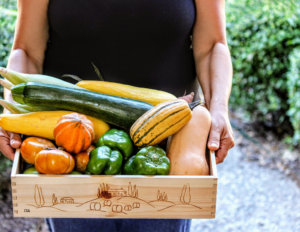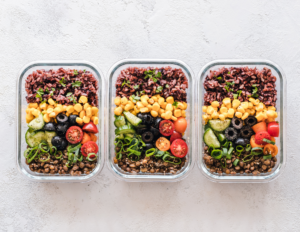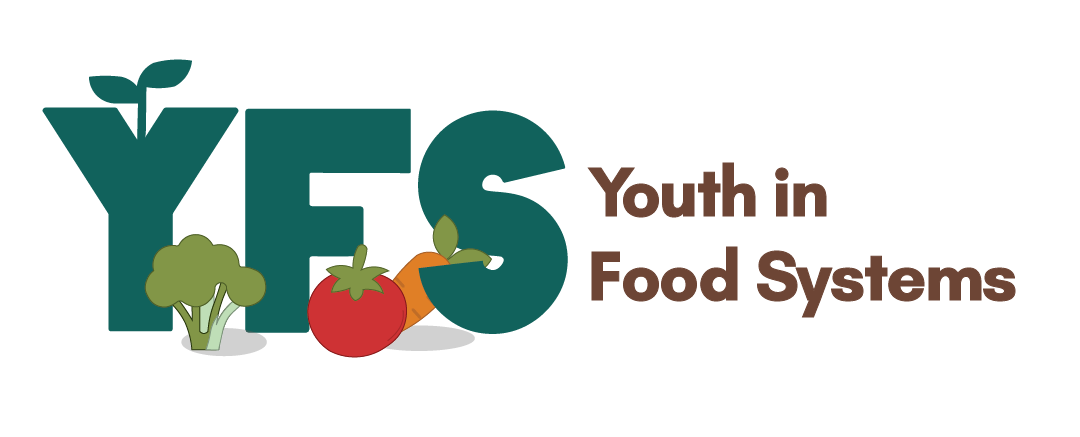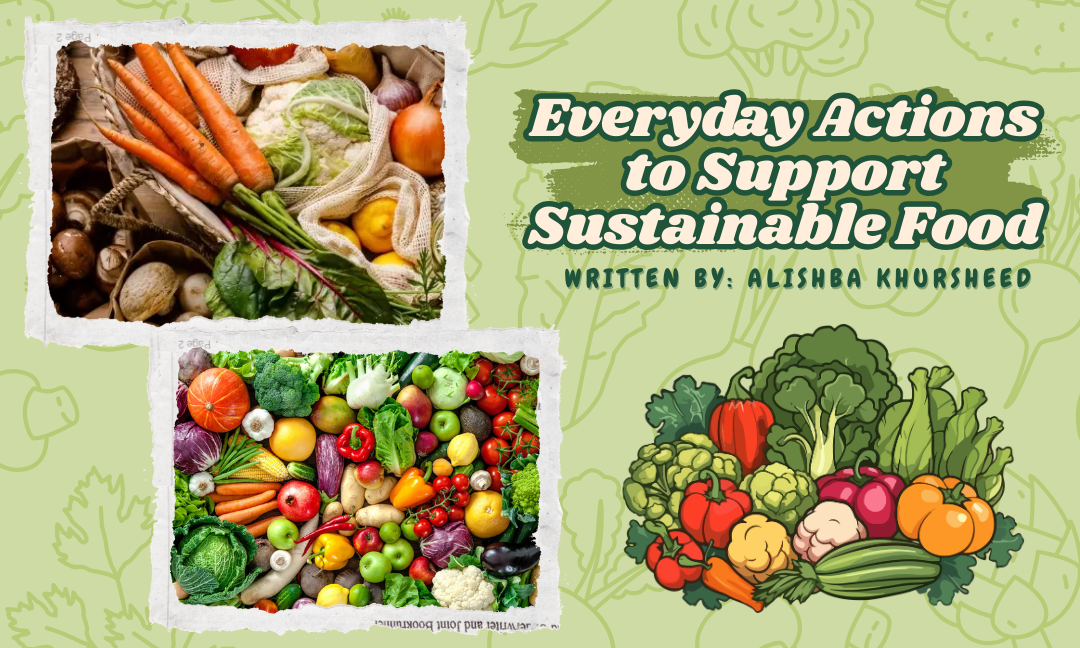Written By: Alishba Khursheed
Edited By: Aditya Batra
Designed By: Rashiqa Ali
Published By: Nirek Deepak
 If you’re reading this, you’re privileged enough to have access to either a laptop, phone, tablet, or some other electronic device that you can access the Internet with. According to the International Telecommunication Union, about a third of the global population does not have this privilege! But the Internet, contrary to what some teenagers may think these days, is not a basic human need. Food, water, clothing, shelter, and sleep are some examples of actual necessities for human survival. With so many people not even having access to the Internet, surely, at the very least, our basic needs are met, right? Not quite. In fact, 1 in 11 people go hungry every day.
If you’re reading this, you’re privileged enough to have access to either a laptop, phone, tablet, or some other electronic device that you can access the Internet with. According to the International Telecommunication Union, about a third of the global population does not have this privilege! But the Internet, contrary to what some teenagers may think these days, is not a basic human need. Food, water, clothing, shelter, and sleep are some examples of actual necessities for human survival. With so many people not even having access to the Internet, surely, at the very least, our basic needs are met, right? Not quite. In fact, 1 in 11 people go hungry every day.
For the majority of us, or at least for me, I was very surprised when I came across this statistic. I thankfully eat healthily and enough, without having to worry about when I would be able to eat again, or where my next meal would come from. And for the majority of us, it seems like there isn’t much we can do about the statistics. But what if I told you that there are opportunities for you every single day to support sustainable food and make a difference in the lives of people all across the globe? Keep reading to find 5 simple actions that you can take daily to support sustainable food.
Supporting sustainable food means thinking about where your food is coming from, and how it’s getting there. It’s thinking about everything from the wages of farmers, to whether the harvesting process was environmentally-conscious, to buying only what you will eat. So let’s look at some facts and ways we can ensure our systems will keep producing food for generations to come.
1. Reduce Food Waste
 Food waste is a major global issue, with roughly one-third of all food produced going uneaten. Wasted food means wasted water, energy, and labor, contributing to environmental damage. Here are a few things you can do daily to reduce food waste.
Food waste is a major global issue, with roughly one-third of all food produced going uneaten. Wasted food means wasted water, energy, and labor, contributing to environmental damage. Here are a few things you can do daily to reduce food waste.
- Plan your meals and make realistic shopping lists. Stick to them to avoid overbuying!
- Store food properly to extend freshness—keep herbs in water, potatoes in a cool dark place, and greens in airtight containers.
- If possible, buy loose produce. That way, you only take as much as you need and also reduce waste from packaging.
- Use leftovers creatively by repurposing them into new meals, like turning vegetable scraps into broth. There are many leftover recipes that you can find online as well!
- Compost food scraps instead of throwing them in the trash, reducing landfill waste and enriching soil.
- If you’re eating out and trying something new, only take as much as you know you can eat. You can always take more later! This ensures that you finish your food, because restaurants usually have to throw away leftovers.
Fun fact: According to the Recycling Council of Ontario, Ontario restaurants alone produce up to 220,000 tons of food waste annually. That’s almost equivalent to 147 thousand Honda Civics worth of food!
2. Choose Local and Seasonal Foods

When you eat locally grown food and support farmers in your area, it reduces the carbon footprint of transportation while ensuring fresher, more nutritious meals. A carbon footprint refers to the total amount of greenhouse gases generated. It’s important for this number to be as low as possible when we think about sustainable food systems and practices!
Try shopping at farmers’ markets or joining a community-supported agriculture (CSA) program. If you live in Ontario, you can find a CSA Program at https://directory.organiccouncil.ca/.
CSA Programs allow consumers to purchase a “share” of the farm’s harvest before the growing season. Consumers receive regular distributions of the farm’s produce throughout the season. It helps farmers prepare for the growing season while evenly spreading the risk between farmers and consumers.
You can also check food labels for “Product of Canada” to support domestic agriculture. In addition, learn which foods are in season in your region and plan meals accordingly.
3. Eat More Plant-Based Meals
 Farming animals for meat is a lot different than farming for crops in the space it requires and the huge amounts of water and other resources needed. According to the World Wildlife Fund (WWF), the livestock industry generates nearly 15% of all man made greenhouse gas emissions! Meat production is not sustainable and the demand increases every single year. At this rate, we will continue to suffer the negative impacts of unsustainable food systems if we don’t reduce the demand.
Farming animals for meat is a lot different than farming for crops in the space it requires and the huge amounts of water and other resources needed. According to the World Wildlife Fund (WWF), the livestock industry generates nearly 15% of all man made greenhouse gas emissions! Meat production is not sustainable and the demand increases every single year. At this rate, we will continue to suffer the negative impacts of unsustainable food systems if we don’t reduce the demand.
You don’t have to become vegetarian to make an impact! By simply reducing meat consumption, you can significantly lower your environmental footprint. Here are a few ways to start small:
- Incorporating Meatless Mondays (or any other day of the week for that matter) or plant-based meals a few times a week.
- Trying protein-rich plant alternatives like beans, lentils, tofu, and nuts.
- Swapping dairy for plant-based options when possible (e.g, almond milk, soy milk)
4. Support Ethical and Sustainable Brands
Not all food is produced equally. Look for certifications that indicate responsible farming, fair wages, and sustainable practices, such as:
Organic, which means fewer pesticides and synthetic fertilizers2. Fair Trade, meaning a product has been made ethically, with fair pay and treatment for workers and farmers
Certified Humane, which indicates that animals were raised humanely, without antibiotics or growth hormones, and with enough space to behave naturally
Green Seal, which indicates that products meet science-based environmental standards, and that ingredients are biodegradable and free of certain chemicals.
MSC (Marine Stewardship Council) or ASC (Aquaculture Stewardship Council) for sustainable seafood choices
5. Minimize Plastic and Packaging Waste
 Single-use plastic packaging is a major contributor to environmental pollution. However, there are some steps that we can take daily to reduce our usage of plastic and packaging waste.
Single-use plastic packaging is a major contributor to environmental pollution. However, there are some steps that we can take daily to reduce our usage of plastic and packaging waste.
Take a reusable bag or container when you go shopping instead of buying a new, single-use bag each time. It can be hard to remember if it’s not a habit, so keep one in your car or somewhere by the door of your home for easy access and as a reminder.
Try to buy items in bulk, like at Costco, instead of individually packaged ones. This can save you money, but you’re also cutting down on the amount of individually packaged goods you buy!
Another thing is to just be conscious about the packaging when you buy an item. Try to buy products with minimal or compostable packaging when possible.
Supporting sustainable food doesn’t require drastic lifestyle changes—small, everyday actions add up. Whether it’s wasting less, buying local, eating more plant-based meals, or buying in bulk, every choice makes a difference.
If you’ve already incorporated some of these into your life, try growing your own food. Stay tuned for another blog post on how to plan your very own food-producing garden. If you don’t want to go there just yet, try being more mindful of your water and energy use when cooking, like using energy-efficient cooking methods. You can also spread awareness and educate others on sustainable food practices. The list goes on! If you have any more tips that you’ve used to support sustainable food, be sure to share them in the comment section and we can all benefit!
By being mindful of what we eat and where it comes from, we contribute to a healthier planet and a more secure food system for future generations. So start making an impact today!
Sources:
https://www.concern.net/news/world-hunger-facts-figures
https://gomycode.com/ke/1-3-of-the-worlds-population-doesnt-have-access-to-internet/
https://www.sustainweb.org/sustainablefood/youve_got_better_food_now/
https://greenamerica.org/good-food-gone-local/9-ways-support-sustainable-food

